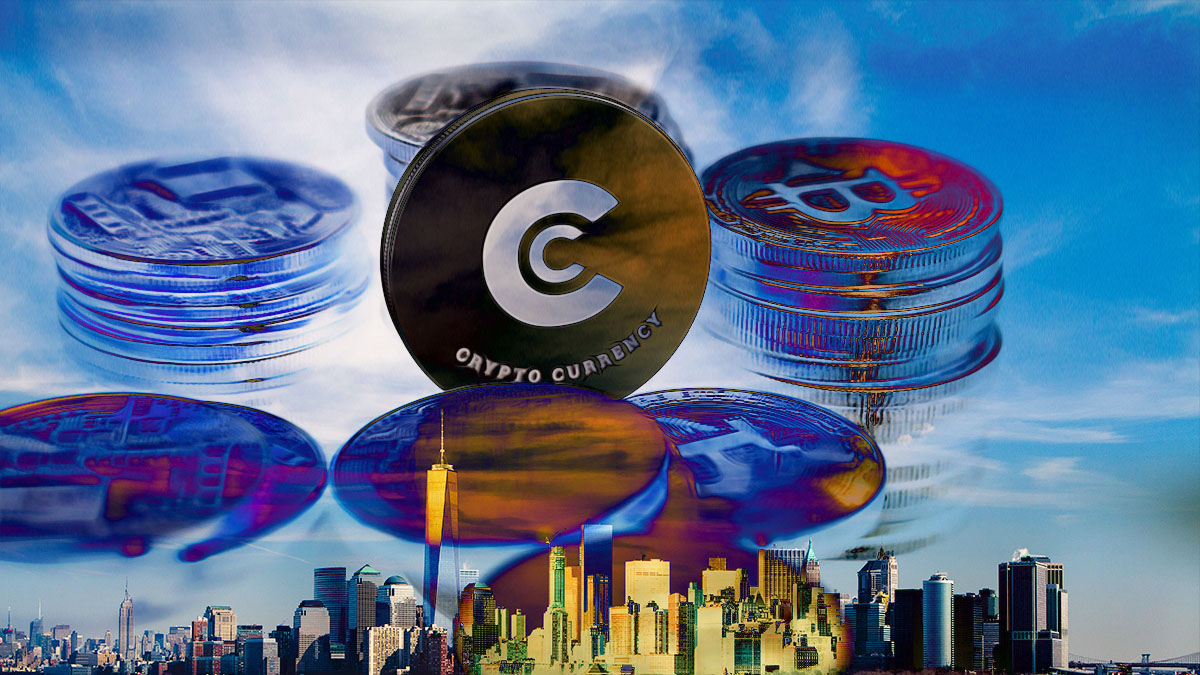As Bitcoin (BTC) reaches impressive new value heights, Litecoin (LTC) emerges as a notable player in the cryptocurrency payment space. The altcoin, known for its expedited transaction times and cost-efficiency, has become the dominant choice on BitPay, commanding a 40% usage rate, outshining Bitcoin’s 24%. This shift signals a broader trend towards LTC for everyday transactions over BTC, traditionally seen as a digital gold rather than a transactional currency.
LTC’s Growing Market Presence
Litecoin’s rise in the payment sector is attributed to its swift transaction capabilities and lower fees compared to its heavyweight counterpart, Bitcoin. The surge in BTC prices, driven by factors such as anticipation around spot Bitcoin ETFs and the upcoming halving, has not corresponded with an increase in its transactional use, leading investors to question BTC’s practicality for regular purchases.
Conversely, Litecoin’s design and infrastructure make it an appealing alternative for consumers and merchants seeking efficiency and cost savings. This practicality has positioned LTC as a versatile digital currency, well-suited for frequent and small-scale transactions.
Perception and Analysis of LTC’s Role
Analysts and traders recognize Litecoin’s expedited processing times as a vital advantage over Bitcoin, providing quicker transaction completion for users. The reduced transaction costs further enhance its attractiveness for smaller, routine transactions, differentiating it from BTC’s higher fee structure.
The public’s increasing inclination towards crypto payments also favors Litecoin, as it offers a more secure and economical alternative to conventional payment systems. The crypto payment landscape continues to evolve with regulatory measures, contributing to the credibility and legitimacy of Litecoin’s transactions. Analysts maintain an optimistic outlook for LTC’s future, noting a 30% increase in its price over the previous week and predictions for continued growth.












